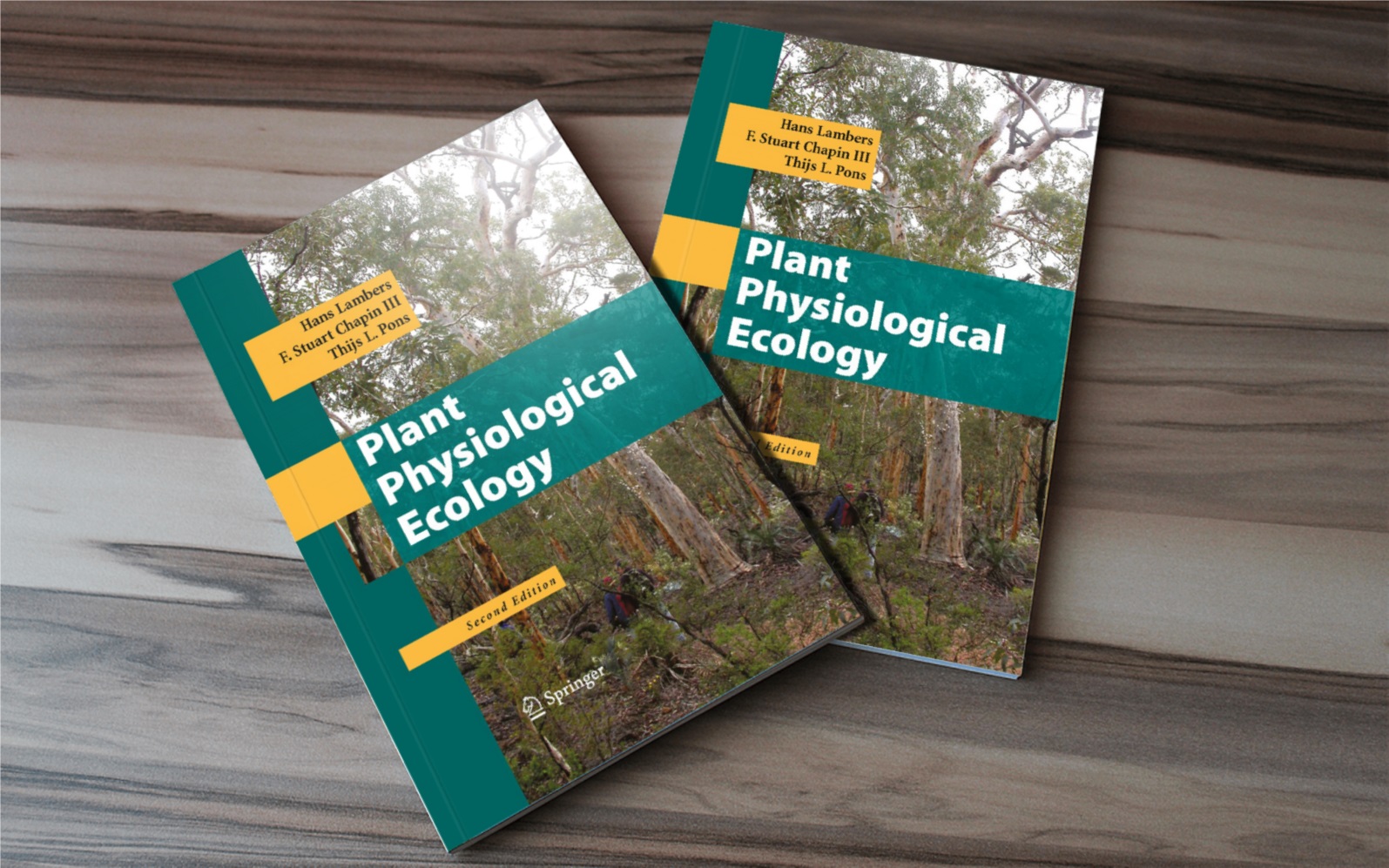Plant Physiological Ecology
Plant Physiological Ecology
KShs7,300.00
About the Author
Hans Lambers is Professor of Plant Ecology and Head of School of Plant Biology, Faculty of Natural and Agricultural Sciences at the University of Western Australia. F. Stuart Chapin III is Professor of Ecology at the Institute of Arctic Biology, University of Alaska Fairbanks. Thijs L. Pons recently retired as Senior Lecturer in Plant Ecophysiology at the Institute of Environmental Biology, Utrecht University.
About this Book
The growth, reproduction, and geographical distribution of plants are profoundly influenced by their physiological ecology: the interaction with the surrounding physical, chemical, and biological environments. This textbook describes mechanisms that underlie plant physiological ecology at the levels of physiology, biochemistry, biophysics, and molecular biology. At the same time, the integrative power of physiological ecology is well suited to assess the costs, benefits, and consequences of modifying plants for human needs and to evaluate the role of plants in ecosystems.
Plant Physiological Ecology, Second Edition is significantly updated, with full color illustrations and begins with the primary processes of carbon metabolism and transport, plant water relations, and energy balance. After considering individual leaves and whole plants, these physiological processes are then scaled up to the level of the canopy. Subsequent chapters discuss mineral nutrition and the ways in which plants cope with nutrient-deficient or toxic soils. The book then looks at patterns of growth and allocation, life-history traits, and interactions between plants and other organisms. Later chapters deal with traits that affect decomposition of plant material and with the consequences of plant physiological ecology at ecosystem and global levels.
Plant Physiological Ecology, Second Edition features numerous boxed entries that extend the discussions of selected issues, a glossary, and numerous references to the primary and review literature. This significant new text is suitable for use in plant ecology courses, as well as classes ranging from plant physiology to plant molecular biology.
From reviews of the first edition:
“. . . the authors cover a wide range of plant physiological aspects which up to now could not be found in one book. . . . The book can be recommended not only to students but also to scientists working in general plant physiology and ecology as well as in applied agriculture and forestry.” – Journal of Plant Physiology
“This is a remarkable book, which should do much to consolidate the importance of plant physiological ecology as a strongly emerging discipline. The range and depth of the book should also persuade any remaining skeptics that plant physiological ecology can offer much in helping us to understand how plants function in a changing and complex environment.” – Forestry
“This book must be regarded as the most integrated, informative and accessible account of the complexities of plant physiological ecology. It can be highly recommended to graduate students and researchers working in all fields of plant ecology.” – Plant Science
“. . . there is a wealth of information and new ideas here, and I strongly recommend that this book be on every plant ecophysiologist’s shelf. It certainly represents scholarship of the highest level, and many of us will find it a useful source of new ideas for future research.” – Ecology





